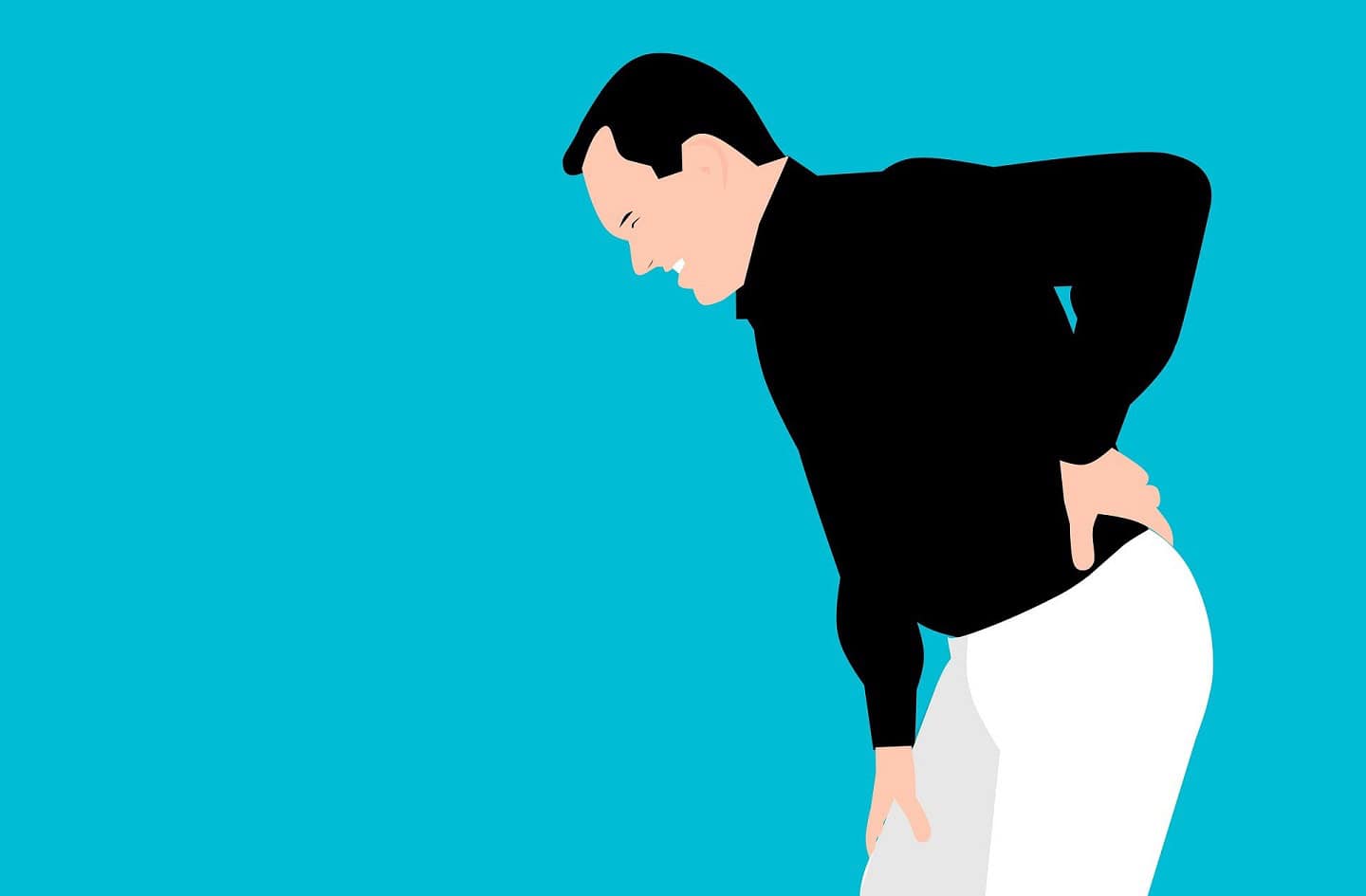
Pain management with a spinal cord injury
As a solicitor specialising in spinal injury claims, I have often witnessed the horrible effects pain can have on the daily lives of those with spinal cord injuries (SCI).
There are different types of pain which can develop following a SCI but I think it is fair to say that pain features very heavily in one’s life after a spinal cord injury and can have a hugely negative effect on many aspects of life, including emotional well-being, relationships and the ability to work.
As pain is such a significant feature in the lives of many of my clients with SCI, I have always been keen to learn about different ways to manage pain, as well as technological advances in this area to see what can be done in the future to improve the quality of life of my clients and others who suffered SCI.
Types of pain
The types of pain commonly experienced after a spinal cord injury include:-
1. Musculoskeletal pain – caused by problems in the muscles, joints or bones. This type of pain affects many of us as we age. Spinally injured people may experience this type of pain due to various issues including:
- Muscle overuse in upper limbs from transfers, pressure relief and self-propelling in wheelchairs or using joysticks in electric wheelchairs
- Back and neck pain caused by problems with posture, inadequate support for sitting etc
- Neck pain from using chin or mouth operated joysticks/control devices
2. Visceral pain – caused by problems in the abdominal area for example constipation, kidney or gall stone or ulcers
- This type of pain can sometimes be felt in another area of a person’s body and is called referred pain
3. Neuropathic pain – caused by abnormal communication between the damaged nerves in the spinal cord and the brain. It is thought to be a consequence of gradual build-up of hyperexcitability in the nerves, eventually leading to development of CNP (Central Neuropathic Pain).
- Neuropathic pain can be experienced in an area where the individual has little or no feeling
- Words such as burning, stabbing or tingling are often used to describe neuropathic pain
- It is the most difficult type of pain to treat
- According to Stoke Mandeville Spinal Research, “neuropathic pain is a debilitating condition which affects approximately half of people with SCI, and to date has no cure. People with neuropathic pain following spinal cord injury often describe it as worse than the injury itself. CNP [Central Neuropathic Pain] persistently interferes with day-to-day living, affecting peoples’ sleep, mental health and wellbeing, as well as their ability to work, study or maintain any kind of social or family life. Once it develops it remains for life, and often does not respond to treatment, hence the need to find therapeutic options for people living with this condition.”
Stoke Mandeville Spinal Research
Stoke Mandeville Spinal Research (‘SMSR’) is a charity founded in 2006, whose role is to fund innovative research that will hopefully lead to new treatments and therapies helping to deepen our understanding and dissemination of best practice in the following areas:
- Assistive Technology Primarily for Upper Limb function
- Neuropathic Pain
- Pressure Ulcers
- Urinary Tract Infection
SMSR’s vision is to enable people with spinal cord injury to have life after paralysis without the setbacks of the above debilitating health complications.
SMSR’s current research projects
I attended SMSR’s virtual meeting to learn about the exciting new research projects that this charity has funded. I was particularly excited to learn that two of these projects are focused on trying to understand, predict and treat chronic neuropathic pain after a spinal cord injury.
Electroencephalograph predictors of central neuropathic pain in subacute spinal cord injury
The first research project, led by the University of Glasgow, will monitor brain activity (using EEG) of 60 SCI patients over the course of 2 years to identify those at risk of developing CNP so that they can receive preventative treatment.
The data obtained from the participants of this study will be analysed to create a ‘machine learning algorithm’ that can be applied to other SCI patients in the future, to ensure that correct treatment can be started early to prevent neuropathic pain from developing.
This project is jointly funded by SMSR and Spinal Research.
Cingulotomy for neuropathic pain following spinal cord injury
This study, led by Mr Erlick Pereira, Consultant Neurosurgeon at St George’s University Hospital in London, will look at the effectiveness of a surgical procedure called ‘cingulotomy’ which is aimed at treating central neuropathic pain.
Essentially, this surgical procedure, usually performed under local anaesthetic, involves inserting small radiofrequency thermocoagulation electrodes into one’s brain in order to make lesions in the specific area responsible for pain sensation thereby de-activating it.
Whilst this type of procedure is not new and has been successfully used to treat depression as well as pain, it is hoped that this study will confirm its effectiveness in treatment of neuropathic pain following SCI.
This study will run for a period of 3 years (January 2021 to December 2023) and will involve 12 patients with complete or incomplete SCI who have suffered from neuropathic pain for more than 12 months. A variety of tests will be performed throughout the duration of the research (including cognitive tests, brain imaging, assessment of pain etc) to analyse a patients’ response to this treatment and its efficacy.
I am hugely passionate about making sure that my clients with SCI can improve the quality of their lives using the compensation that I have secured for them. Ensuring that my clients have sufficient means to access the most optimal pain management options available now but also in the future is a very important part of my role. I am therefore very excited about these two research projects which I hope will help improve the quality of lives of those with spinal cord injuries.










